|
Across the world, people are finding themselves in an unprecedented situation, forced to stay at home with limited outings and isolation from friends and family. For most, this social distancing and isolation is a new concept, but for adventurers, it's a normal part of expedition. 18 months ago, myself and two friends spent 62 days on the Pacific Ocean, in a 24ft ocean row boat with no internet, a living space the size of your bath, rationing of toilet paper and the nearest people to us often the astronauts on the International Space Station. Here's five tips for dealing with social distancing and isolation to keep your spirits high:
2 Comments
As the sun rose on the morning of day 60 El stopped rowing and stared at the clouds on the horizon behind us. 'I can see land' she said, excitement rising in her voice. I turned around to look, and sure enough there, rising out of the cloud, were the faint outlines of the mountains of Maui. 'Megan' we both screamed 'we can see Hawaii!!!'.
'Now don't worry or panic yourselves, but...', cue a suddenly elevated heart rate, concerned glances to the others and a small sweat attempting to break out on my already salt drenched face and body. I was on the satellite phone, ducking in and out the cabin to avoid the waves crashing over the boat whilst attempting to not lose signal and keep a line that was just about audible. The weather wasn't particularly bad, the winds were pretty average at around 20 knots, and we'd started to make some reasonable progress west. The first three weeks were becoming a distant memory and everything seemed to be improving. 'There's a hurricane heading your way' said Stokey - our weather router for the row.
If you've read the previous blogs, you'll know that six weeks prior to flying out to Monterey, California our crew of three became a two. Although it was absolutely the right decision for the crew, it threw our campaign to become the first crew of three to row the Pacific into a slight panic! Cue the entry of Eleanor Carey, a 28 year old Australian who had emailed some months previously when the crew was full, but had a long CV of previous expeditions including a rather impressive solo cycle through Europe. She listened to our story, made a few arrangements at home and joined the crew eight weeks before we would be crossing the start line. Legend!
A few weeks back we received a text from the race directors; “Let us know what race number you want on the boat. First come, first served’.
We replied straight back with ‘three’. This might seem like the obvious number, a three person crew, the first crew of three to row the Pacific, the youngest three females to row any ocean in the world. But it’s more than that. We’ve always said three is a magic number, you only have to look around to see the power of three. Earth is the third rock from the sun, the perfect position in the solar system for life to thrive. A triangle is the most stable shape in geometry, inherently rigid and strong. Good luck is said to come in threes, and the number three is seen throughout nature. There are ‘oceans, land and sky’ and the ‘Earth, Sun and Moon’. It seems fitting to be a crew of three at the mercy of nature out on the ocean. But that isn’t where this stops. We are rowing the Pacific for something much bigger than just a personal achievement. We are rowing to champion solutions at source to reduce the volume of plastic that enters our oceans everyday and to raise money for Mind, the mental health charity. PLEASE NOTE THE BELOW BLOG CONTAINS INFORMATION AND STATISTICS ABOUT MENTAL HEALTH. Well I didn’t think I’d be writing this again….
Last week it looked like our row might have been over. We wouldn’t make the start line, we wouldn’t row to Hawaii and we wouldn’t get the chance to raise as much money for the charities and causes we are supporting. We also wouldn’t become the first crew of three to ever row the mid-Pacific. My emotions about it were all over the place, I’d put everything into this row over the past 9 months, I’d been kicked out of one crew due to my limited flat water rowing experience, I’d gone through months of trying to sort another crew, and spent hours and hours training in the gym and on the water. I wasn’t prepared to fail this close to the start line, I felt that if we didn’t make it I was letting everyone down that had supported me, and worst of all, everyone who had told me I couldn’t do this would have been right. Rowing an ocean isn't all about rowing. At times, it feels like the actual rowing will be the easy part of this journey. Everyone I spoke to when I first signed up told me that getting to the start line was the hard part... it is. Early morning and late nights are spent sending emails and letters to companies to source sponsorship that we still need, hours are spent each day in the gym getting fitter and stronger, training courses to equip us with the necessary skills to survive in the ocean fill up the weekends and then endless lists of tasks that need to be done fill the remaining hours. The past few weeks have however been full of good news, including our announcement that we are working with Jack Tompkins from Southpaw Sport to create a documentary of our row, which will be released hopefully towards the end of the year. Here's what the past few weeks have looked like for us... Training Courses To enter the Great Pacific Race, a number of qualifications have to be passed before you are allowed to leave. This ensures that should anything happen whilst we are at sea we are trained in how to deal with the situation. I completed my RYA Competent Crew course towards the end of last year, and followed up in the new year with my VHF Radio course (so we can communicate with any other vessels we may see) and First Aid at sea. A few weeks ago we completed the RYA Sea Survival course as a crew, a course although very fun to complete, we hope to never have to use the skills we learnt. We spent time in the pool practicing life raft drills, survival skills and learning all the things that could go wrong with the equipment designed to help us survive, and then got the chance to set off flares - something we hope to only have to use when we cross the finish line in Hawaii! With 5 courses complete, the crew are now part way through completing the final qualification which is the RYA Yatchmaster Offshore Theory course thanks to Kipper Sailing (www.kippersailing.co.uk). Boat Prep We might still have 8 weeks before we leave for California but Danielle, our ocean rowing boat, has a six week trip aboard a container ship to get to the start line. She ships this week to ensure that she has arrived and cleared customs by the time we get to Monterey. We spent three days at Hamble Point Marina going through all our equipment, checking everything worked and getting in some more rowing hours. Jack from Southpaw Sport was there to capture some footage for the documentry, and created the short edit below to give you a look at what we got up to. Weather Routing & Navigation prep We are working with the incredible Stokey Woodall who will be our weather router and on-land support whilst we are out at sea. We will speak to Stokey daily who will advise us on the best route to take given the weather, wind and currents, and will do his best to keep us out of too much trouble. We spent three days on the Isle of Wight planning our route, learning to navigate using the stars should we lose all our equipment, creating our own charts and covering safety and navigation until Stokey was happy we had a good chance of at least heading in the right direction. There isn't much (anything?) Stokey doesn't know so we feel like we are in very safe hands!! Fitness Testing We have all been training hard for the past few months, and last week we were put through our paces at ESPH in a set of fitness tests, to establish our baselines pre-row and also give an insight into what we really need to spend the next eight weeks working on. We did our body composition (turns out the extra kgs I've gained is actually almost all muscle and my body fat % is lower than I thought/want it to be... more doughnuts for dinner for me!!), sub max VO2 testing and strength testing. Overall I was really happy with where I'm currently sat and am confident that myself and the rest of the crew are going to be in a really good place fitness wise when we leave Monterey. As always, if you want to support our multi world record attempt row raising money for Mind and championing solutions to reduce plastic pollution in our oceans you can do so at www.justgiving.com/PacificTerrific. Getting to the start line is tough (take a read of our blog post on this here), and therefore any support in helping us get there and enabling us to raise significant funds for charity during the row are really gratefully received :) If you read my last post (here) you will know the journey I've been on to get to where I am with this row. It's been a long bumpy road, but 2018 started with a full crew and the determination to make this year AMAZING. I already feel like I'm winning at life and that for the first time I've truly stepped far outside my comfort zone to push myself mentally and physically and prove what I'm capable of. I'm 99% sure that I bore most people I meet with details of ocean rowing, and many find it hard to comprehend exactly what we are doing, or why. The reality is rowing an ocean is really quite selfish. Myself and my crew-mates are the only ones who will ever appreciate and understand the journey we will embark on. We will be the only ones to watch the sun set and rise over the horizon, witness wildlife up close, and experience the Pacific in all its glory and ferocity. But we have been given the chance to do something amazing, something that very few people have the privilege to even try...
2018, the year I row across the Pacific, fulfill an idea that has consumed my thoughts for a few years and hopefully walk (row?) away with a Guinness World Record at the end of it.
Rowing an Ocean is an odd thing. You train mentally and physically as hard as you can, read and watch as many books and documentaries on previous crossings as possible but you'll only ever realise what you've signed up for when you are out in that ocean. Sleep deprived from rowing 2-hour shifts 24/7, experiencing the terrifying waves that others have told you about, witnessing the sun rise and set over the horizon that never changes and going through the lowest of lows and the highest of highs. Most crews plan and train for a crossing two to three years in advance. I got offered the chance to take the journey of a lifetime 11 months out from the start line and what a journey it has been! Let me explain... Thankfully for everyone who knows me, you can’t just enter the Great Pacific Race and set off from California in the direction of Hawaii and hope for the best. The organisers require you to undertake a number of courses, designed to help you learn how to appropriately navigate, communicate with other vessels and know what to do should you end up in the water rather than on it… One of those courses is competent crew, a 5-day, yacht sailing course designed to make you, well, competent crew.
'You can never cross an ocean until you have the courage to lose sight of the shore'...
In June 2018, I'll find that courage and wave goodbye to friends and family on the shore of Monterey, California and head 2,400 miles across the Pacific to Hawaii. Myself and the other three ladies in the 2400 miles crew will row in pairs two hours on, two hours off, 24 hours a day. The world record currently stands at 50 days, 19 hours and 14 minutes. Our plan is to change that. |

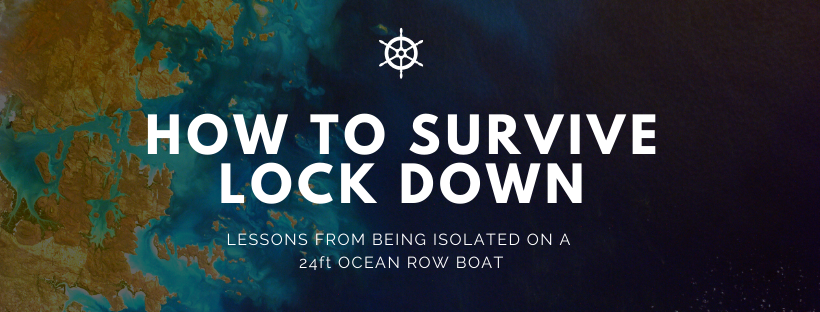
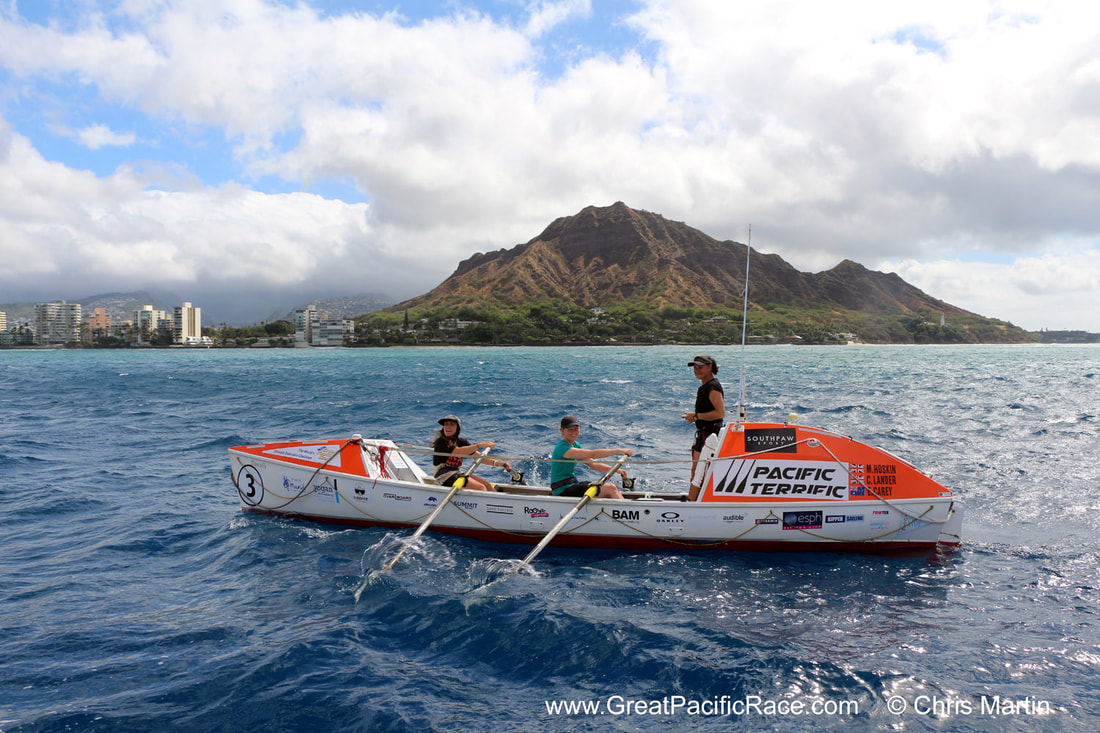
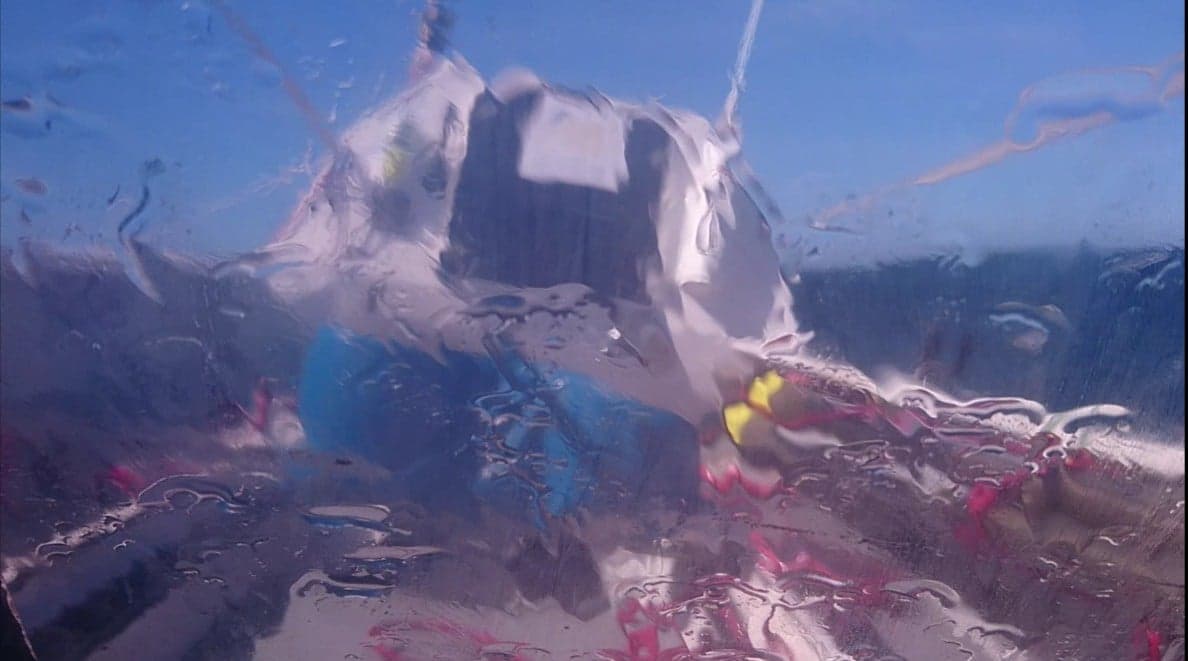
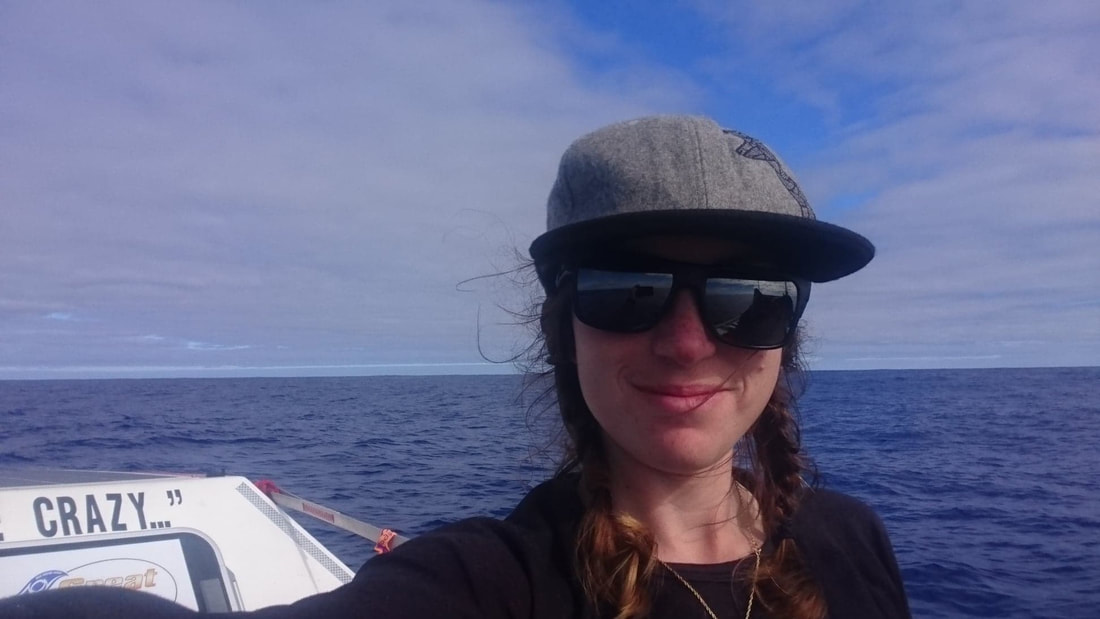
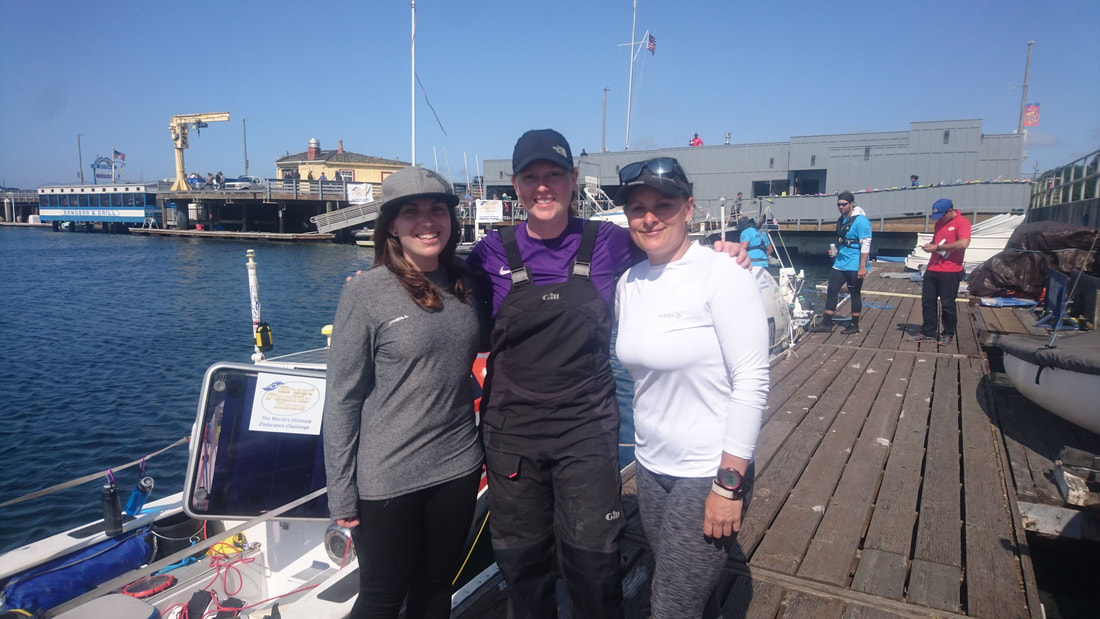
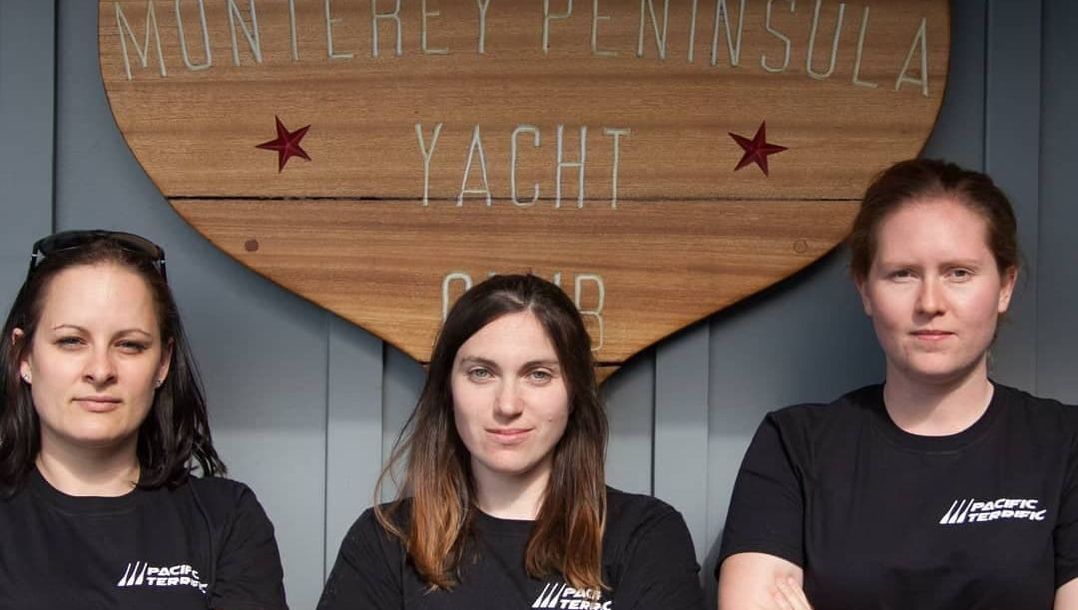
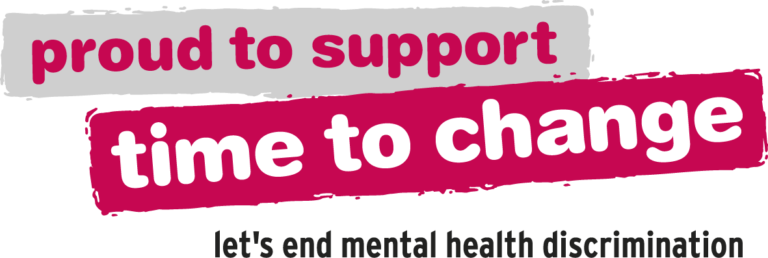
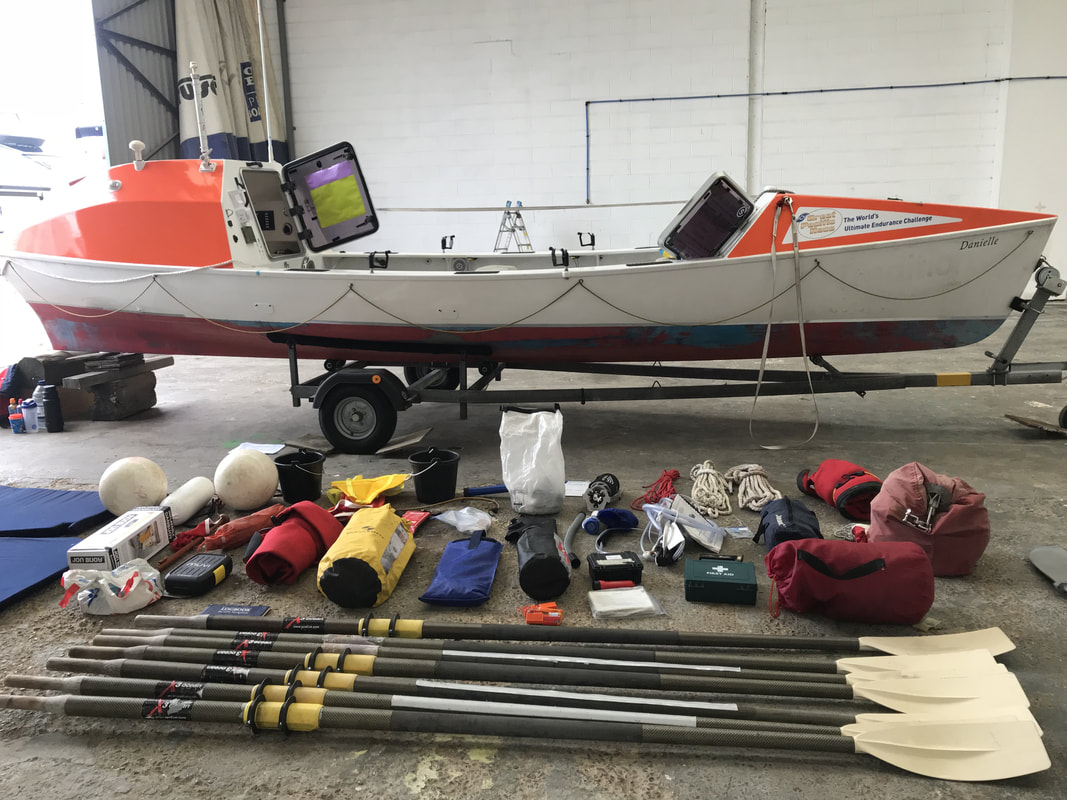
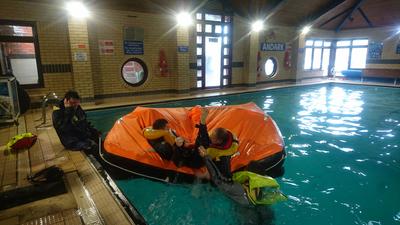
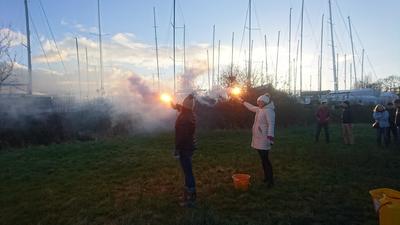
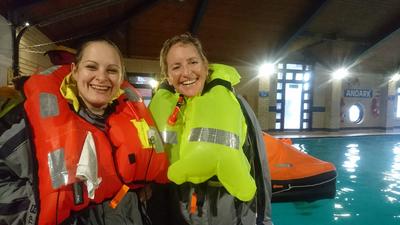
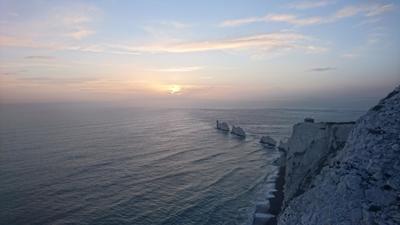
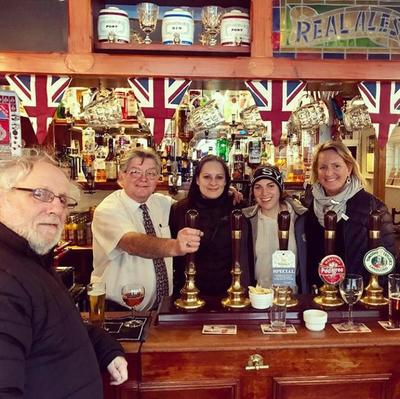
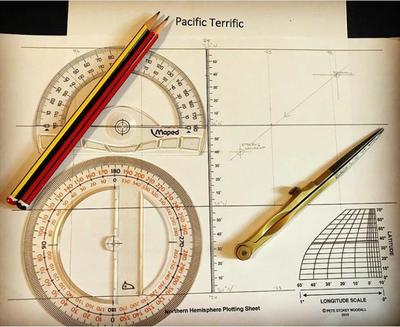
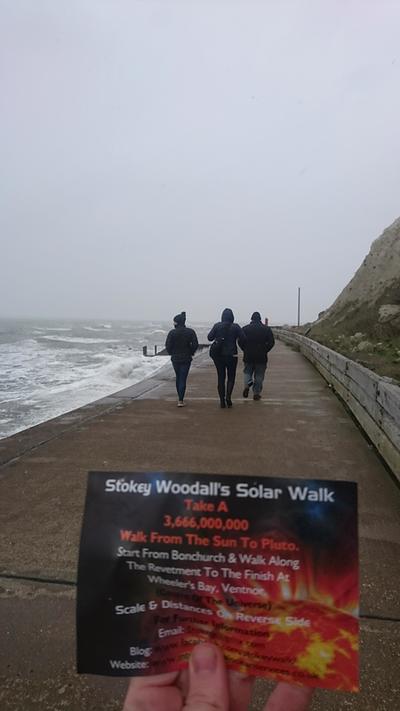
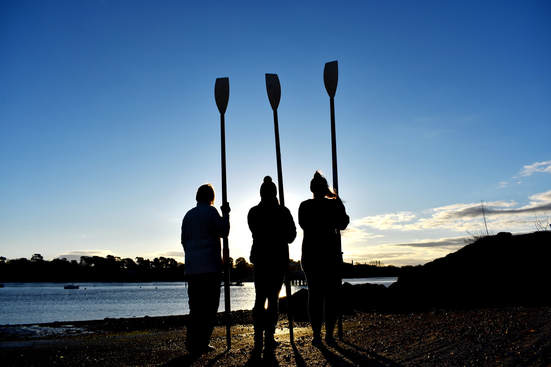
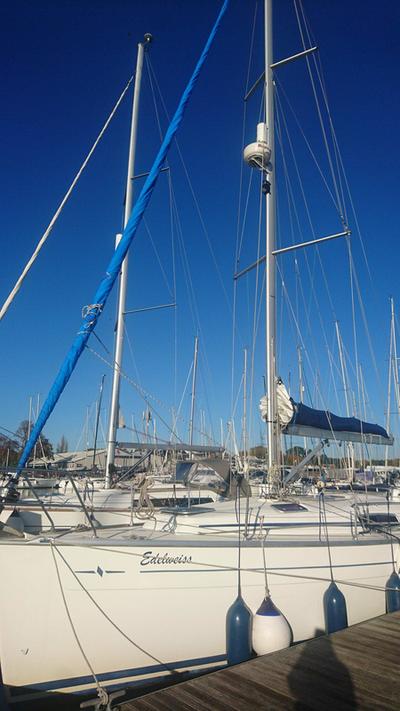
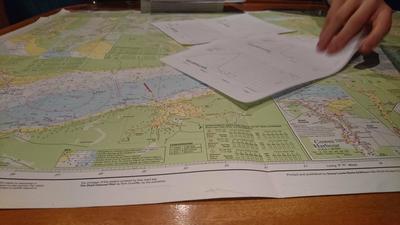
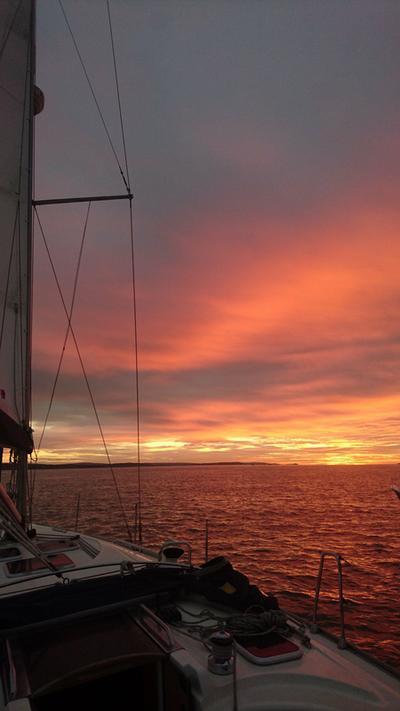
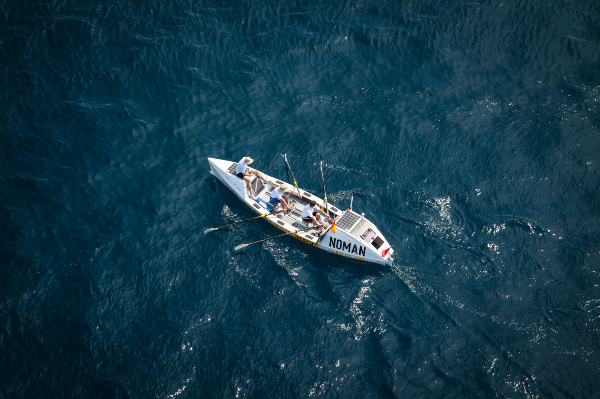
 RSS Feed
RSS Feed